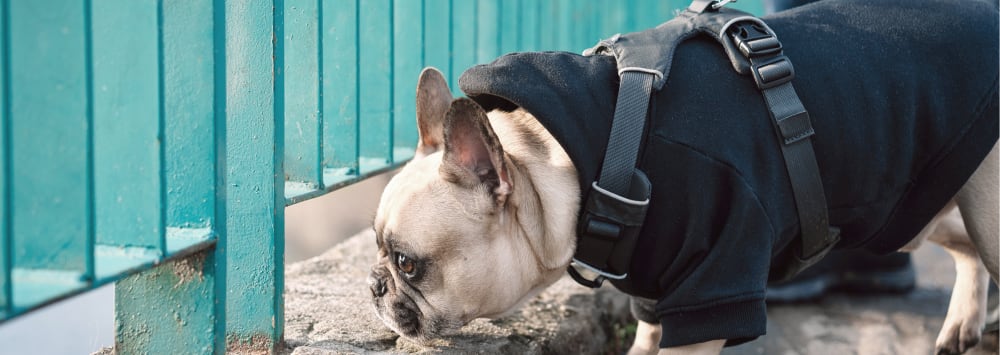To ensure your cat receives all the necessary care for a long and healthy life, it's crucial to recognize signs of pain early and take appropriate action. In this blog, our veterinarians in Clovis provide advice on identifying pain in your cat and how to assist them.
How To Tell If a Cat is in Pain
Signs that a cat is in pain vary depending on the cat's personality and the type of pain they are experiencing.
Most cats will exhibit obvious signs of acute pain if they have an accident or injury. However, determining if your cat is experiencing chronic pain, such as pain caused by arthritis or gum disease, can be much more challenging.
Because cats instinctively hide signs of pain, pet parents must always remain vigilant for uncharacteristic behavior, personality changes, an unusual stride, or changes in appetite. These indicators should be cause for concern, prompting you to contact your Family Pet Hospital vets.
Signs That a Cat is in Pain
If your cat is experiencing pain, you may notice one or more of the following symptoms:
- Frequent or ongoing meowing or howling
- Litter box accidents, urinating outside of their litterbox
- Tail flicking
- Won't eat or reduced appetite
- Limping
- Avoiding being handled, picked up, or petted
- Poor grooming, scruffy-looking
- Reduced energy, lethargy, or lack of interest in play or going outside
- Excessive grooming
- Panting
- Patchy fur
- Hiding, no interest in spending time with you or other family members
- Behavioral changes such as refusing to jump onto a bed or furniture that they typically love to be on
- Irritable mood, short-tempered with people or other pets, including
- Uncharacteristic hissing, growling, or spitting
- Unusual vocalizations (meowing more than usual, crying)
Posture & Body Language Changes That Could Mean Your Cat is in Pain
Cats experiencing pain often exhibit changes in body language. Sometimes, these changes are highly noticeable, while others are more subtle. Our vets advise consistently monitoring your cat's demeanor, stance, and gait to detect deviations from their usual behavior easily.
- Body language changes related to pain in cats include:
- Tense-looking body
- Crouched or being hunched over
- Head lowered
How Pain Could Be Expressed in Your Cat's Face
While many cats maintain little or no change in their facial expression when experiencing pain, some cats exhibit high levels of expressiveness. If your cat is in pain, it might:
- Squint or close their eyes tightly
- Flatten their ears so that they are pressed to the sides or back of their head
- Project an overall facial appearance of tension with a tight mouth
When To Seek Veterinary Care For a Cat In Pain
Cat pain signs are often missed until the cat's condition is advanced. When it comes to your cat's long-term health, it's always best to err on this side of caution.
If your feline friend is displaying signs of pain, contact your vet right away to schedule an examination or visit your local after-hours animal hospital. Pain management and early treatment of painful conditions are essential to help preserve your cat's good quality of life.
Note: The advice provided in this post is intended for informational purposes and does not constitute medical advice regarding pets. For an accurate diagnosis of your pet's condition, please make an appointment with your vet.

